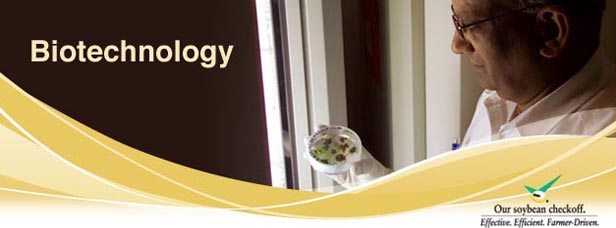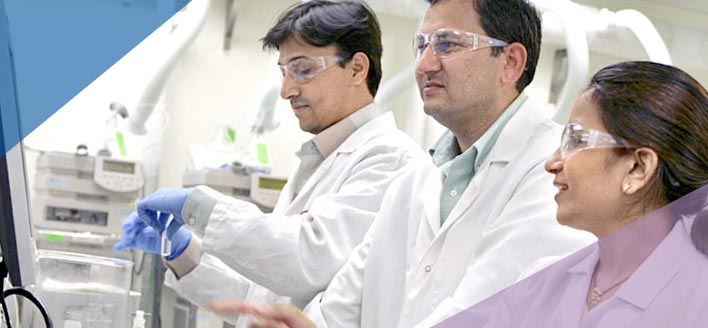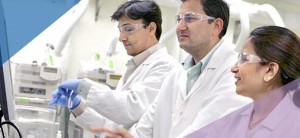Cryo-Cell International, Inc. today announced results of a study published [this month] in the cover article of Stem Cells and Developmentshowing that stem cells found in menstrual blood may one day be a potential source for stem cell therapies in stroke and other central nervous system disorders. Menstrual stem cells, known as MenSCs, offer an easily accessible, non-controversial and renewable stem cell source with the potential to one day treat a host of diseases, such as stroke, osteoporosis, Alzheimer’s and Parkinson’s disease, according to a number of early studies. The study, entitled “Menstrual Blood Cells Display Stem Cell-Like Phenotypic Markers and Exert Neuroprotection Following Transplantation in Experimental Stroke,†was conducted by researchers at Cryo-Cell International, the University of South Florida , Saneron-CCEL Therapeutics and the Medical College of Georgia.

Because the cell damage after an initial stroke episode occurs over an extended time, treatment strategies directed at quickly rescuing these nerve cells have the potential to slow the disease progression and possibly restore nerve function. In this study, researchers found that transplantation of MenSCs, either directly into the brain or peripherally, significantly reduced behavioral and histological abnormalities, suggesting that the MenSCs had a protective effect on brain cells, averting further apoptosis, or cell death, and potentially reversing the neural trauma experienced during a stoke.
“The data shows immediate behavioral recovery at an early period after transplantation although the exact mechanism underlying the neural benefits of MenSCs remains unknown,†said lead researcher Cesar V Borlongan Ph.D., Professor and Vice-Chair of Neurosurgery and Brain Repair at the University of South Florida Health . “ We do know that several trophic factors have been identified post transplant that may potentially point to a secretion of therapeutic substances from MenScs versus one of cell replacement. Equally important, is that there was no instance of complications or negative effects such as detectable tumor, ectopic formation or overt graft-versus-host in any of the transplanted animals.â€
During the study, the investigators analyzed shed menstrual blood and tissue to identify MenSCs. The samples were obtained using a menstrual cup and transferred to a laboratory for processing and cryopreservation. After inducing a simulated stroke (oxygen glucose deprivation, OGD) on adult rats, the researchers injected the rats withmenstrual blood –derived stem cells and found that those who were exposed to MenSCs exhibited a significantly reduced death rate. Behavioral assessments of motor coordination and neurological function were performed on the rats 14 days after stroke-transplantation and indicated improvements in both motor and neurological abnormalities.
“Compared to other stem cell sources, such as bone marrow and umbilical cord blood , MenSCs are harvested from a readily available and renewable source of adult mesenchymal stem cells. These novel and highly prolific stem cells are easily obtained using non-invasive methodology and create the potential for matched cell transplantations in large scale clinical trials,†said Julie Allickson, Ph.D., study investigator and Vice President, Laboratory Operations, Research and Development at Cryo-Cell International, Inc.
The benefits of stem cells derived from menstrual blood were first indicated in a study sponsored by Cryo-Cell that was published in Cell Transplantation in April 2008. That study demonstrated that MenSCs are stromal stem cells, meaning they have the capability to differentiate into important cells, such as such as bone, cartilage, fat, nerve and cardiogenic cells.
“Stroke is the third leading cause of death and disability in U.S. adults,†said Mercedes A. Walton, Cryo-Cell’s Chairman and CEO . “According to the American Heart Association, stroke will cost almost $68.9 billion in both direct and indirect healthcare costs in 2009. In view of these statistics, we are clearly encouraged by research study results that demonstrate significant promise for the development of regenerative medicine therapies to potentially treat and manage the debilitating conditions caused by stroke and possibly other neurological disorders.â€
The Celle SM service is based on Cryo-Cell’s expansive IP technology portfolio and was introduced in November, 2007 as the first and only service that empowers women to collect and cryopreserve menstrual flow containing undifferentiated adult stem cells for future utilization by the donor or possibly first-degree relatives in a manner similar toumbilical cord blood stem cells. Based on the continued success of MenSCs in the research setting, Cryo-Cell is actively expanding its portfolio of research collaborations with world renowned scientists committed to study this novel stem cell population for a broad range of regenerative therapeutic development.
Via EPR Network
More Biotech press releases















